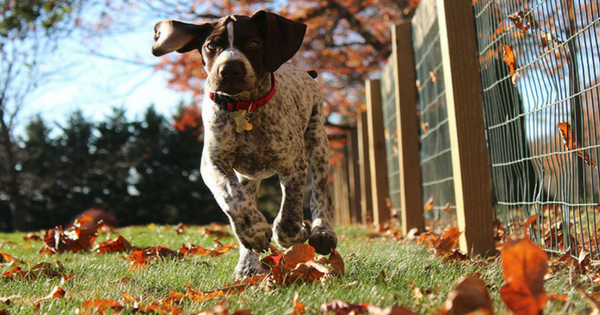
When was the last time you were afraid? Can you remember what made you anxious?
How was the experience? It must have been terrifying, right?
Surprisingly, dogs also get just as anxious as humans.
The following are some of the behaviors you may see when your dog is anxious:
- Pacing around uncontrollably
- Whining
- Tucking their tail
- Barking at strangers
What Can Make a Dog Afraid?
Many factors might make a dog anxious, but here are the most common.
- Traveling
- A lot of noise. It might suddenly start to pace and tuck its tail if the sound is continuous.
- Separation from its owner or friend
- A confined environment can scare a dog
Use these tips to help your dog relax:
1. Identify the cause of the stress
When you’re anxious, the most obvious first step is to identify the cause.
Likewise, determine what could be disturbing your pet.
Each stressor will have a different way to help your dog to relax.
2. Identify a calm environment
When you’re in a new place and anxious, you may find a person you’re familiar with to start a conversation.
It helps to create a safe environment.
Likewise, identify a safe environment for the dog.
When traveling, it could be giving the dog its favorite toy to play with or a blanket that they like and use regularly.
3. Play with the dog before traveling
When planning a trip with your dog, it’s vital to prepare for the journey.
Most dogs become hyperactive as a sign of anxiety.
Help your dog blow off some steam with an active play session before the drive so it can rest and sleep during the journey.
High energy exercises are the best to wear out your dog.
4. Anti-anxiety medication
If your pet has chronic anxiety issues, it’s crucial to use the expertise of your vet.
Help the vet to understand the instances that make your dog afraid.
Vets have anti-anxiety medicine that can help the dog to stay calm and relaxed.
5. Desensitization Exercises
Identifying the cause of a dog’s anxiety can help you come up with desensitization exercises.
For example, a dog afraid of road trips can be helped by taking short car rides.
Increase the length of the road trips, so it gets used to staying in the moving car.
Desensitization exercises are most successful when you use relaxation exercises during the activities.
Also, reward the dog after completing the training successfully.
If you leave the dog alone for a few hours, to ease its separation anxiety, give it a toy to play with while you’re gone.
After coming back, give it its favorite snack or meal.
Some people punish their dog when it shows signs of anxiety.
It might be out of ignorance or with the hope that it will reduce the behavior of the dog.
However, punishing the dog doesn’t help it become less anxious.
